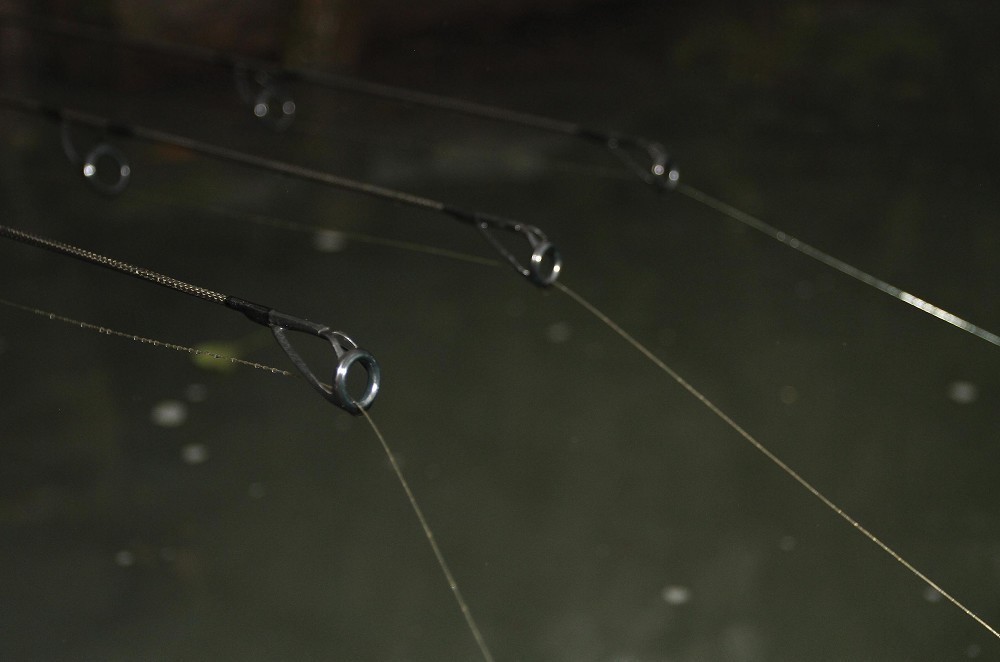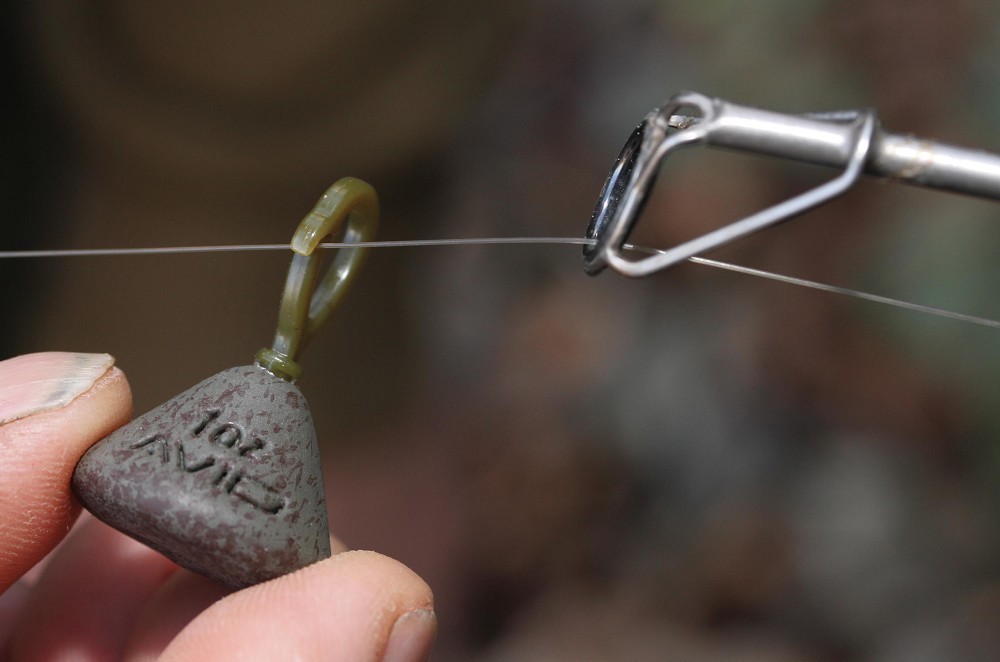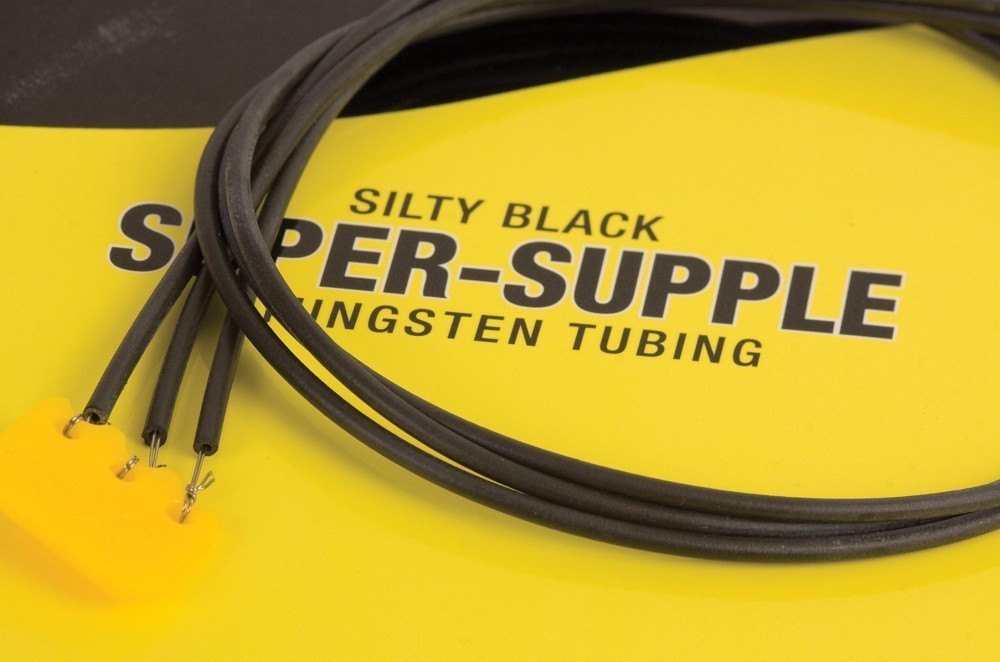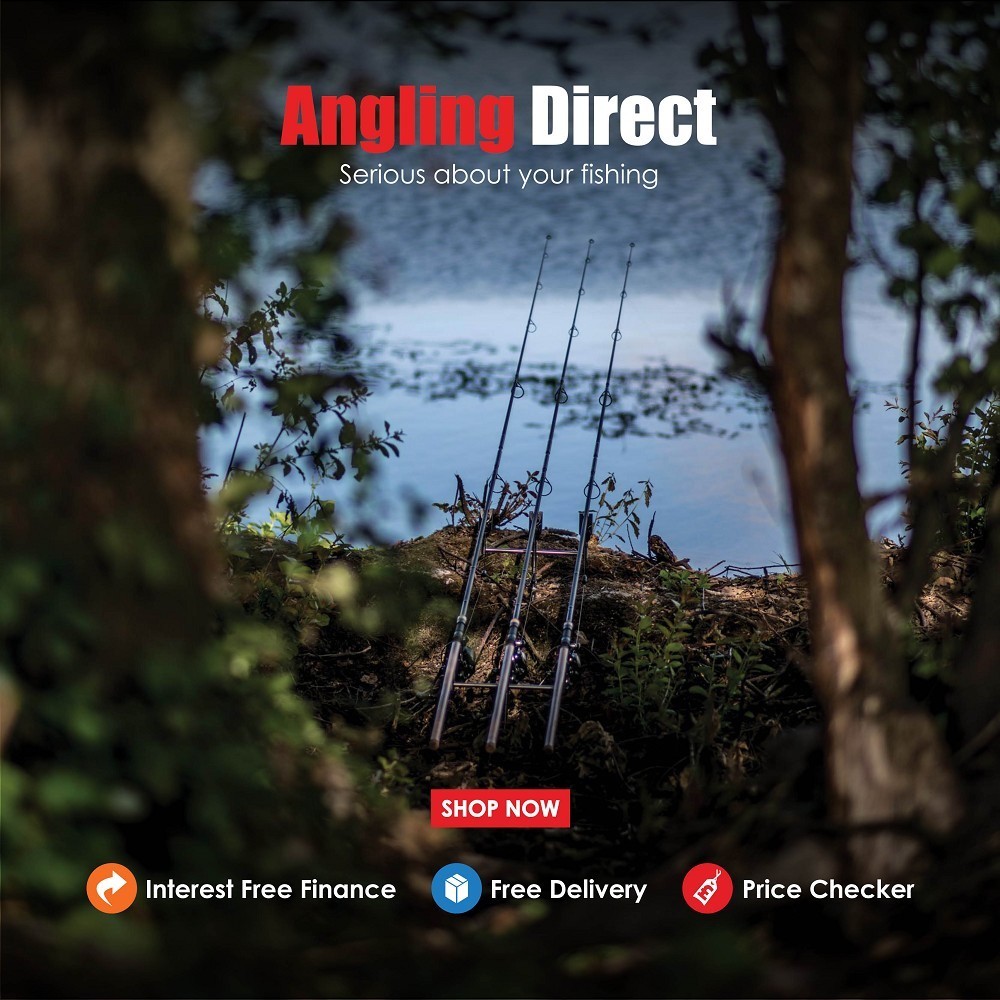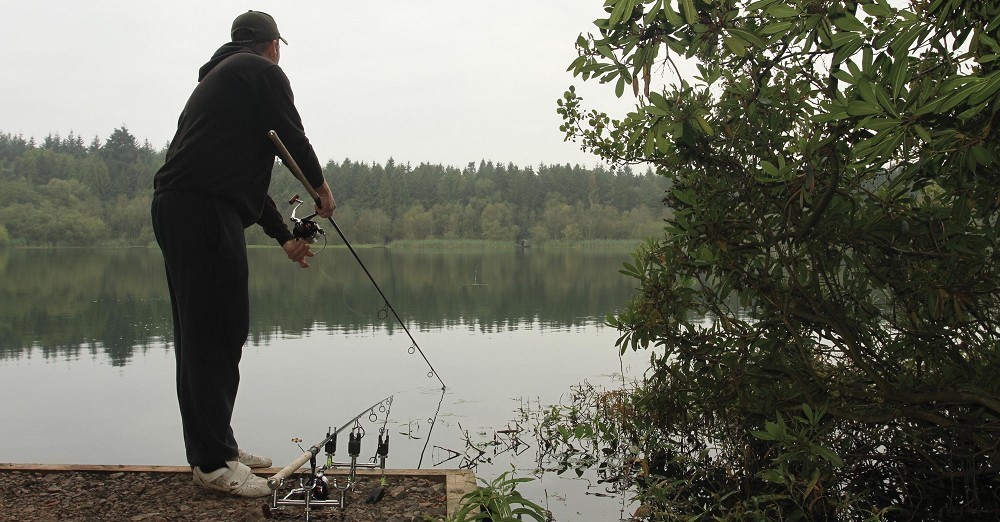
How to improve your line lay
Bin those ‘I could have caught more’ thoughts thanks to Steve Hall’s advice
Lots of anglers turn up, chuck out and spend a few seconds sinking their main line, before attaching the bobbin. I used to do this but over the last couple of years I started making more of an effort to ensure everything is pinned to the deck. It’s not so important on heavily-stocked venues, but I think it’s imperative that everything is out of harm’s way on heavily-pressured venues and sparsely-stocked lakes. We’ll never know how carp react do line, but I’m certain you’ll catch more carp if you make a little bit more effort when it comes to line lay.
Improve your bite indication
A correctly positioned line clip will produce a more acute angle between the clip and the buzzer and as a result will enhance bite indication. Furthermore, if you use a fixed line clip as opposed to say a ball clip, the indicator will be upwards of fifty-percent more efficient.
Semi slack
I’ve tried tight lines, super-slack lines and I’ve finally settled on semi-slack. I want quick bite indication, but I don’t want to use bow-string tight lines. Semi-slack is the perfect middle ground but to do it right, you need to take your time sinking the line, to get it well down in the water column.
Back leads
Backleads seem to have lost their popularity over the last few years, but I absolutely love them. They are a massive edge in my mind. They not only keep your main line right down on the lakebed away from the carp but also away from your other lines whilst playing a one which is really handy.
Take the tube
Tubing is often considered a product for beginners, but I use it for a lot of my fishing these days. I started fishing a venue many years ago that banned leaders and I never stopped using the stuff. It’s heavier than anything else out there, it’s really easy to use and it’s super, super fish-friendly.





